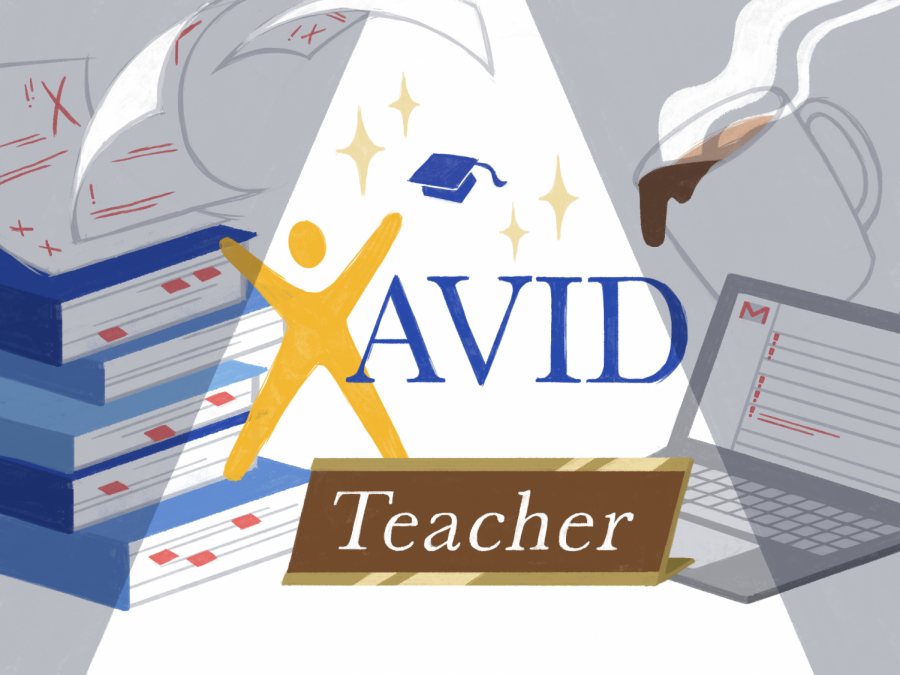Abrupt recruitment within the AVID program shows an underlying problem
AVID teachers claim to have received a lack of support and resources in order to support their students.
Fresh out of lockdown, the 2021 school year has brought two new Advancement Via Individual Determination teachers to SCHS. Though the new mentors are welcome, the abrupt recruitment shows an underlying situation: teachers sometimes leave the AVID program despite not always completing their cohorts.
The AVID program is a nationwide four-year dedication for both students and teachers. It is a college preparatory class that helps students with academic skills, directed at those who are first-generation, from low socioeconomic backgrounds or disadvantaged in time or resources.
Science teacher and current AVID coordinator Risha Shah explained that besides educational aspects, the program creates a community among its peers and mentors.
“There’s a lot you can learn from AVID. For me, as teachers, we come to work to, obviously, share our knowledge with our students. But in AVID it works both ways,” Shah said. “I learned a lot from them as well. The mentorship isn’t just one way. I think it’s a very collaborative space.”
English teacher Daniel Eaton, who taught AVID for two years, also saw the program’s benefit for SCHS students. Teaching it, however, was a demanding process – one he was underprepared for.
“It was a lot of things to do that were not really part of what I associate with being a traditional teacher,” Eaton said. “So, it was a little more taxing than I expected it to be on me personally.”
AVID classes, Eaton explained, were harder to teach, being unlike traditional subjects, such as English or math. College preparation and focused note-taking were difficult for many students and teachers to get a firm grasp on and enjoy.
“There’s a lot of routines and procedures that are put together by the AVID company themselves, so sometimes it’s hard to put your spin into something that’s so rigid,” Eaton said. “I think there was not enough explanation that I can personalize these things for me, to feel comfortable.”
Eaton felt there was a lack of preparation for the incoming AVID teachers to get a handle on the change in lessons, activities and material.
English and former AVID teacher Theresa Shaw-Iyer, who was enrolled to be an AVID 11 teacher, agreed with Eaton. Along with planning her wedding, Shaw-Iyer was given the responsibility to coordinate the yearly field trip for juniors, which was a stressful experience.
“Coming in, lots of push back in there, and then I didn’t feel fully supported,” Shaw-Iyer said. “It wasn’t necessarily one person or one administrator. It was just kind of a whole bunch of things.”
The requirements of the field trip and the classes that followed put pressure on Shaw-Iyer, while having minimal assistance. Out of all her classes, AVID became a priority.
“Just knowing what it takes to be an effective AVID teacher – it’s a lot,” Shaw-Iyer said. “It’s a lot anyways being a teacher, but even more so.”
For Shaw-Iyer and Eaton, the AVID program was a heavy responsibility, made harder without suitable preparation and aid. The nontraditional subject, the strict methods and procedures, and the occasional incompliance of students made it a difficult teaching experience.
“It was tiring, and it’s a lot of pressure too because, you know, this is their lives, right?” Eaton said. “I think it’s a really great program. I think two years was enough for me personally because of how much I had to pour into it.”


